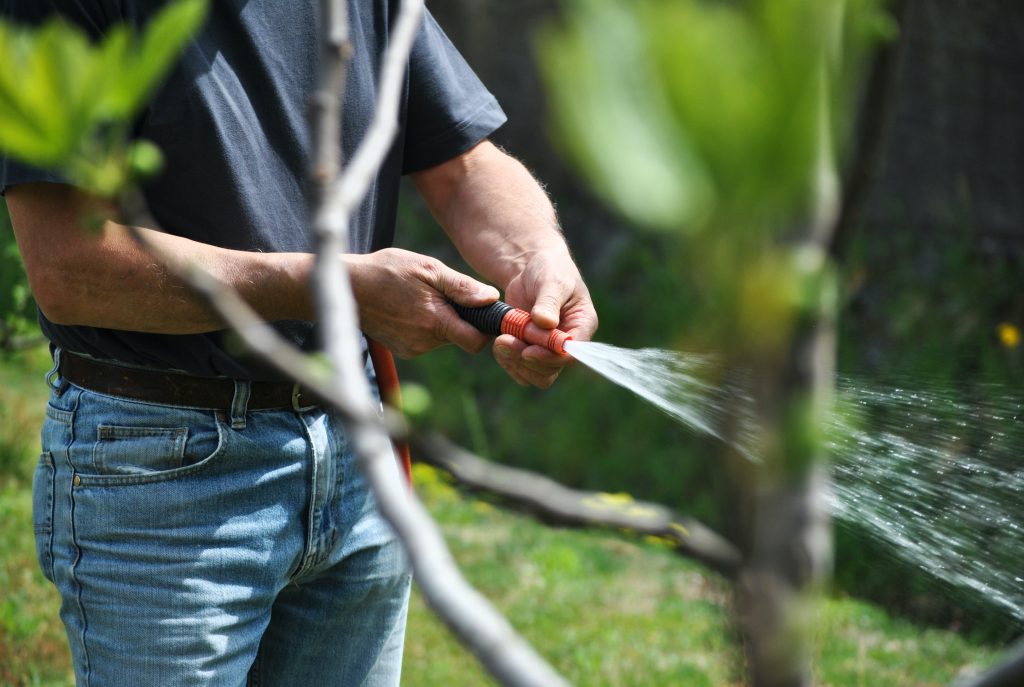Is My Pool Leaking? Methods to Detect a Pool Leak
Pool Education
You have successfully opened your pool, and after a few weeks, you notice that the water level is changing. Of course, that can be enough to cause concern for any pool owner. But how can you check to ensure you have a pool leak and you’re not just losing water through evaporation? Fortunately, we have a few methods you can use to test for a leaky pool; let’s jump right in!
Catch Things Before They Get Out of Hand
Part of caring for your swimming pool is keeping an eye out for potential problems before they become costly repairs. Discovering a cracked pipe or broken equipment early on will save you from a catastrophic situation.
Even minor leaks can lead to significant water loss and costly repairs if left undetected. So, if you suspect you have a leak in your pool, you can try one of the more popular detection methods, The Bucket Test.
The Bucket Test: A Simple DIY Method
The bucket test is a widely used and straightforward method to determine if your pool has a leak. The steps are easy:
- Fill a bucket with water, leaving a few inches at the top.
- Place the bucket on the first or second step of your pool, ensuring it is submerged to about 5-6 inches.
- Mark the water level inside the bucket and the pool’s water level outside the bucket using a waterproof pen or tape.
- Turn off the pool pump and wait for 24 hours.
After 24 hours, compare the water loss between the bucket and the pool. If the pool’s water level drops significantly more than the bucket’s, it indicates a possible leak. If water levels in the bucket and in your pool are dropping at about the same rate, your water loss is due to evaporation. On average, a pool can lose over two inches of water per week by evaporation, and even more during especially hot and sunny weather. Certain types of pool covers can help minimize this loss during the swimming season.
Additional Methods for Pool Leak Detection
While the bucket test is a convenient starting point, other proven techniques can complement your efforts to detect and locate pool leaks
The Dye Test
The dye test is an effective method for identifying leaks in specific areas, such as cracks in the pool’s surface or around fittings. Follow these steps:
- Choose a dye specifically designed for pool leak detection. These dyes are usually bright and highly visible.
- Turn off the pool pump.
- Apply the dye directly to suspected areas such as cracks, seams, or around fittings.
- Observe if the dye is drawn into the suspected areas, indicating a leak.

Pressure Testing
Pressure testing is a more advanced technique that can help pinpoint the source of leaks in plumbing lines, filters, or other equipment connected to the pool. Here’s how it works:
- Close all valves and plugs, including the skimmer and main drain lines.
- Attach a pressure testing device, such as a plug or gauge, to the pool’s plumbing system.
- Pump air into the system to increase the pressure.
- Monitor the pressure gauge for any drops that suggest a leak in the tested section.
Repairing a Pool Leak in Your Vinyl Liner
If you have a vinyl liner pool, you may be able to repair the leak yourself. Just as you can fix a bike tire air leak, you can do the same with your pool, depending on the location and size of your leak. There are many different vinyl liner repair kits that you can purchase from your local pool store. If you have any doubts, they can offer guidance on how to approach the repair.
It’s important to note that patching a leak is only a short-term solution; after some time, you’ll have to adequately address the leak to minimize future problems related to leaks. A leak in your swimming pool can cause your equipment to falter, change your pool chemistry, and even cause damage to your pool structure and surrounding areas. So to prevent significant damage from happening, get your pool liner appropriately fixed.
Contact a Pool Professional to Take a Look
For complex or hard-to-find leaks, seeking professional assistance from a pool leak detection service may be beneficial. These professionals utilize specialized equipment, such as electronic listening devices and thermal imaging cameras, to identify leaks accurately.
This will ensure that they are finding a solution quickly and can take the proper measures for repair to minimize unnecessary costs.
Watching your pool for leaks is crucial to prevent water loss, potential damage, and costly repairs. The bucket test provides a simple and inexpensive starting point for leak detection, allowing pool owners to quickly assess if further investigation is required. And when in doubt, professional leak detection services can provide more precise results and help pinpoint the exact source of leaks. By being proactive in leak detection, pool owners can ensure the longevity and enjoyment of their pool while minimizing water waste and expenses associated with repairs. So, next time you notice a change in your water level, consider giving some of these leak tests a try.


